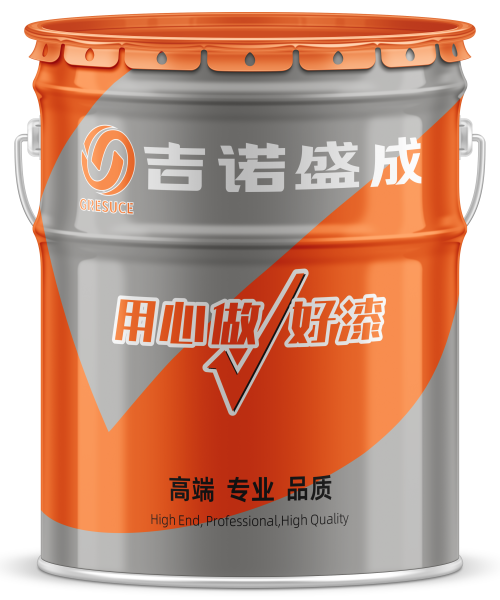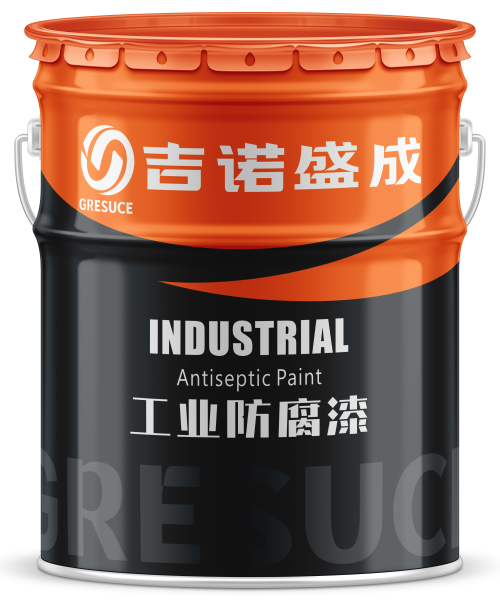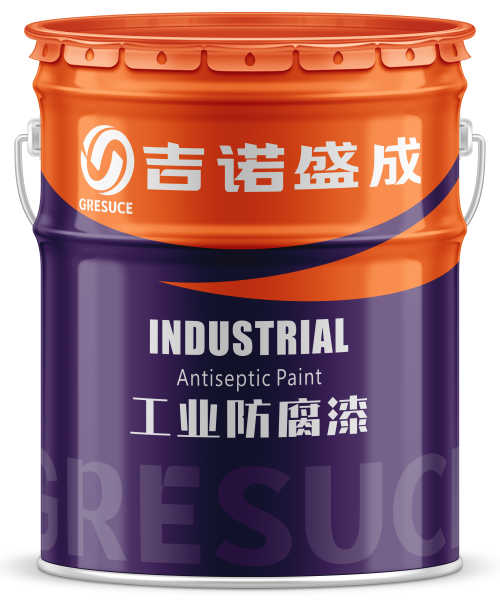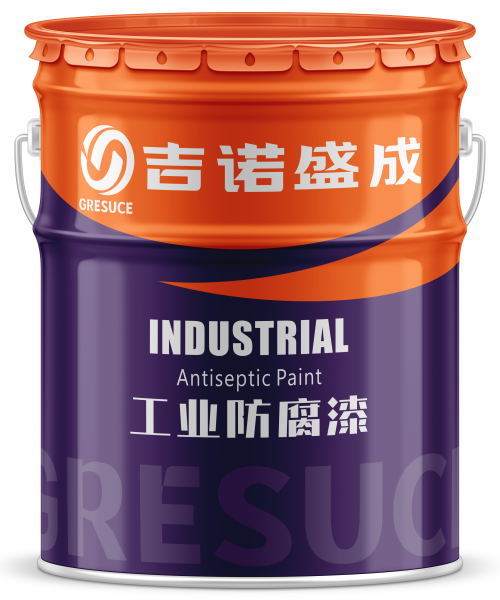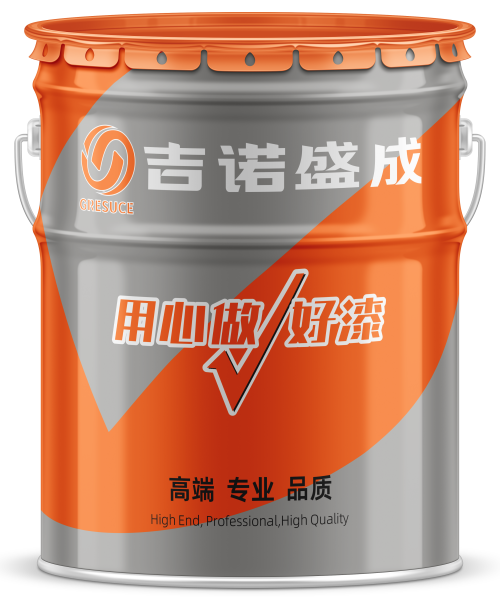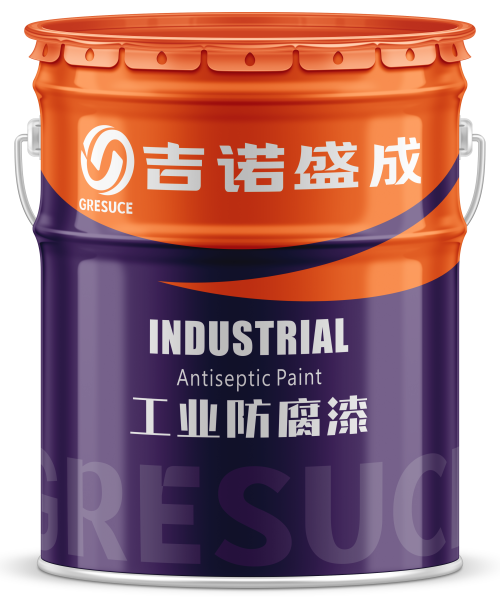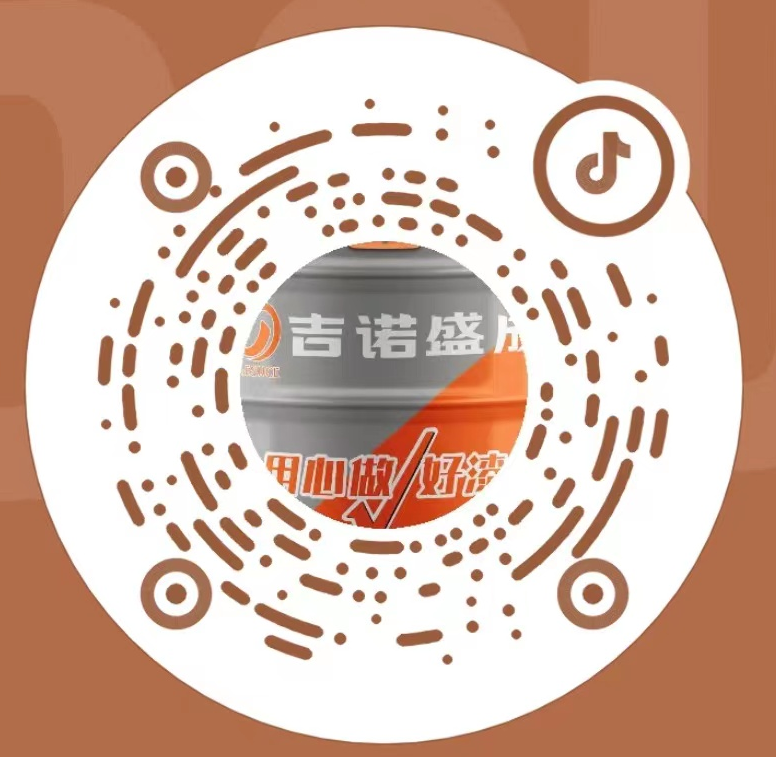Blistering is a common coating defect, where the blisters may be dry or contain liquid. Blisters can vary in size and are typically hemispherical in shape. Their size is often related to the adhesion strength between the coating and the substrate, the bonding strength between coating layers, and the pressure within the air or liquid pockets. Blistering can occur between the coating system and the substrate, between coating layers, or even within a single coating layer. This is primarily due to trapped air or solvent residues in the coating film. In some cases, both scenarios may occur, though they are less common compared to the other two situations.
Soluble pigments in primers often lead to blistering. These pigments absorb moisture, allowing water vapor to pass through the coating and create a relatively concentrated solution. At this point, osmotic blistering occurs. When the coating contains soluble substances, blistering is inevitable. This type of blistering is typically caused by osmotic pressure, forming water-filled blisters. Similarly, if soluble salts are present on the substrate or between coating layers, osmotic blistering can also occur.
Blistering may also occur due to surface contaminants such as oil, wax, and dust, which reduce the adhesion of the coating. Moisture tends to penetrate areas with poor coating adhesion, leading to blistering.

When cathodic protection is used alongside a coating system, excessive cathodic protection can generate hydrogen gas on the metal substrate beneath the coating. The resulting pressure can cause blistering.
Old, corroded steel surfaces, with salts and oxides present in corrosion pits, are highly prone to pitting and blistering. Corrosive gases, such as H₂S, HCl, and CO₂, can penetrate the coating, be absorbed, and react with the substrate surface. The resulting pressure causes the coating to bulge. Welding fumes left during welding can also cause this issue.
Inadequate solvent evaporation, leaving residues in the coating, can also lead to blistering. The sensitivity of solvents to water can increase the absorption of water molecules and the transfer of moisture within the coating. If the coating's adhesion is inherently poor, blistering will occur as water resistance decreases. Surface temperature of the coating can also generate sufficient vapor pressure from residual solvents, causing blistering.



